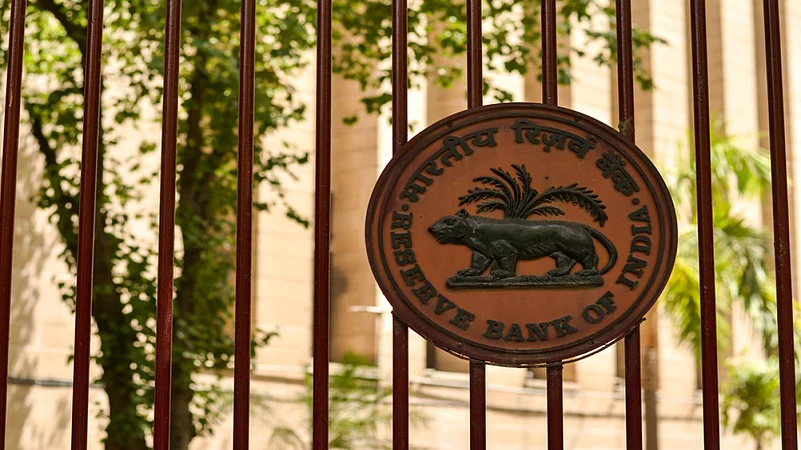After the Reserve Bank of India’s bi-monthly monetary policy meeting concluded this week, RBI Governor Shaktikanta Das said the decision to keep the repo rate unchanged at 6.5 per cent is not a pivot but a pause.
It is the rate at which the central bank lends money to commercial banks against government securities. On Thursday, Das said that the verdict to maintain the same Repurchasing Option (REPO) rate should be reckoned as a pause and not a pivot.
When the repo rate increases, banks’ borrowing cost increases, which they pass on to their customers. Likewise, banks also increase their deposit rates to keep their liquidity flow running. So, the repo rate hike and the lending and deposit rate increase are directly related.
After a brief ease in inflation in November and December 2022, it rose again, climbing above the target level of 6 per cent to 6.4 per cent in February 2023. However, it is projected to moderate to 5.2 per cent in 2023-24.
RBI’s Monetary Policy Committee (MPC) meeting, which concluded Thursday, unanimously decided “to keep the repo rate unchanged at 6.5 per cent, with the readiness to take action when required.” Thus, leaving room for an upward rate movement in its next meeting scheduled for June 6-8, 2023.
While the repo rate pause has brought some respite to loan borrowers from the rising rates over the last 11 months, depositors who expected a rate hike are in a dilemma of whether they should lock in their money at this rate or wait until the next meeting.
Since May 2022, the repo rate has increased by 250 basis points (bps). The last hike was by 25 bps in February 2023, bringing the repo rate to 6.5 per cent.
Currently, commercial banks are offering fixed deposit rates between 3 to 7 per cent for different tenures. For example, for two to less than three years, the State Bank of India, ICICI Bank, and HDFC Bank offer 7 per cent, while Axis Bank offers 7.26 per cent for the same period. Besides, different government-backed investment schemes that review rates quarterly may also revise their rates after the next policy meeting in June.
Thus, investors who want to lock in their investment at a higher rate should not hurry. The MPC said that it is crucial to evaluate the cumulative effect of the rate hikes in the past year and focus on “adopting a calibrated and balanced approach”.
Acknowledging the uncertainty in the market due to the global environment, its statement further said that “amidst this volatility, the banking and non-banking financial service sectors in India remain healthy”. Therefore, investors should adopt a balanced approach by investing a part of their fund at the current rate and the rest after getting more clarity from the next MPC meeting.














